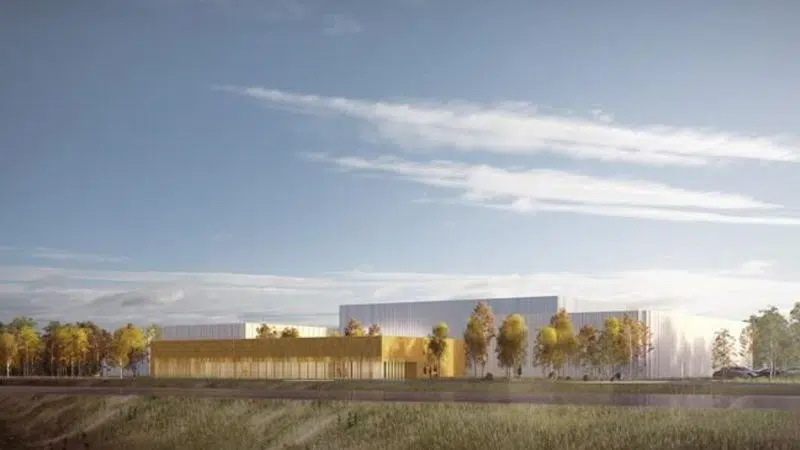
25 million historical artifacts will get new home in capital region
OTTAWA — Many of the country’s priceless historical artifacts — and millions of other assorted bits — will be getting a new home just outside of Ottawa, Parks Canada announced Tuesday.
The federal agency responsible for managing the country’s archeological heritage released the design for a new storage facility to house 25 million historical and archaeological artifacts in their care.
The collection, which encompasses 11,000 years of human history, includes historical costumes, pre-contact Indigenous hunting tools, and ancient household objects.
Most of it, though, is stone chips from tools, shards of centuries-old ceramics and glass, nails and other fragmentary material. While not particularly exciting for the public, those artifacts are a valuable resource for researchers. All told, the collection includes 31 million objects.


